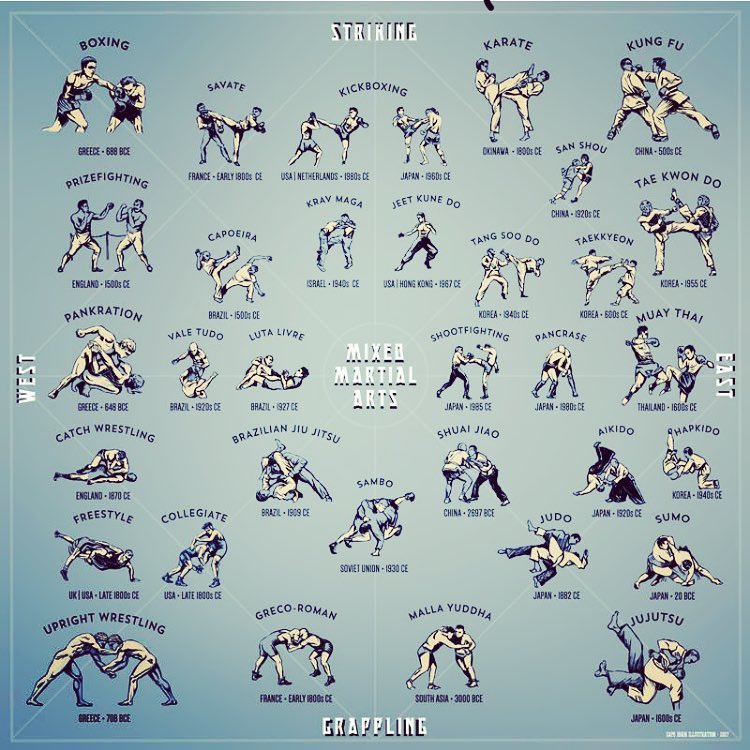A Historical Review And Development Of Martial Arts Across The Globe
A Historical Review And Development Of Martial Arts Across The Globe
Blog Article
Web Content Written By-Winkler Workman
Martial arts have a remarkable history that extends centuries and continents. century martial arts supply could locate it intriguing just how ancient practices like Shuai Jiao and Kalaripayattu laid the groundwork for contemporary fight methods. These techniques not just highlight physical skills yet likewise show the societies that birthed them. As you explore their advancement, take into consideration how globalization has actually transformed these typical kinds right into hybrid styles. What impacts do you believe have shaped today's martial arts landscape?
Ancient Martial arts: The Structures of Fight
As you delve into the globe of old martial arts, you'll uncover the abundant structures that shaped combat techniques throughout societies. Early practices focused on Self-Defense and survival, typically including strikes, grappling, and weapons.
In old China, for instance, methods like Shuai Jiao stressed throws and joint locks, while India's Kalaripayattu showcased dexterity and liquid activity. Japanese samurai created Kenjutsu, a refined swordsmanship that highlighted discipline and approach.
These martial arts served not just for fight but likewise as a way of personal advancement, instilling values like regard and perseverance. The mixing of these strategies with time prepared for the diverse martial arts you see today, each showing the distinct philosophies and requirements of its society.
The Social Impact on Martial Arts Development
While martial arts typically reflect the sensible needs of a society, they also personify the social worths and beliefs of their beginnings. When you explore different martial arts, you'll see how they're affected by religious beliefs, approach, and social standards.
For instance, the emphasis on respect and self-control in Japanese martial arts comes from Zen Buddhism and samurai culture. In contrast, Brazilian Jiu-Jitsu advertises versatility and strategy, formed by the need for effectiveness in a varied, modern environment.
You might find that the rituals, attires, and training methods mirror an area's background and identification. By recognizing these cultural influences, you grow your gratitude of martial arts and their role fit human experiences around the world.
Modern Adaptations and the Globalization of Martial arts
Martial arts have transformed considerably in recent decades, adapting to contemporary culture and worldwide impacts. You'll notice that standard kinds have blended with modern-day strategies, creating hybrid styles like MMA. These adaptations deal with diverse target markets, making martial arts accessible and appealing globally.
With the rise of social media sites and electronic systems, you can locate tutorials and competitions from all edges of the world, damaging geographical obstacles. why not try these out has actually led to a shared appreciation for different disciplines, from Brazilian Jiu-Jitsu to Taekwondo.
As you involve with these arts, you'll realize they're not just about battle; they promote fitness, discipline, and mental well-being.
Inevitably, modern-day adaptations have enhanced the martial arts landscape, making it a vibrant and evolving method.
Final thought
In discovering the history and evolution of martial arts, you uncover a remarkable mix of methods, cultures, and viewpoints. From ancient disciplines like Shuai Jiao and Kalaripayattu to the modern-day adaptability seen in MMA, martial arts reflect humankind's quest for Self-Defense and individual growth. As you involve with these techniques, you not just obtain abilities but also a much deeper appreciation for the varied practices that form our world today. So, proceed your trip and accept the art of battle!
